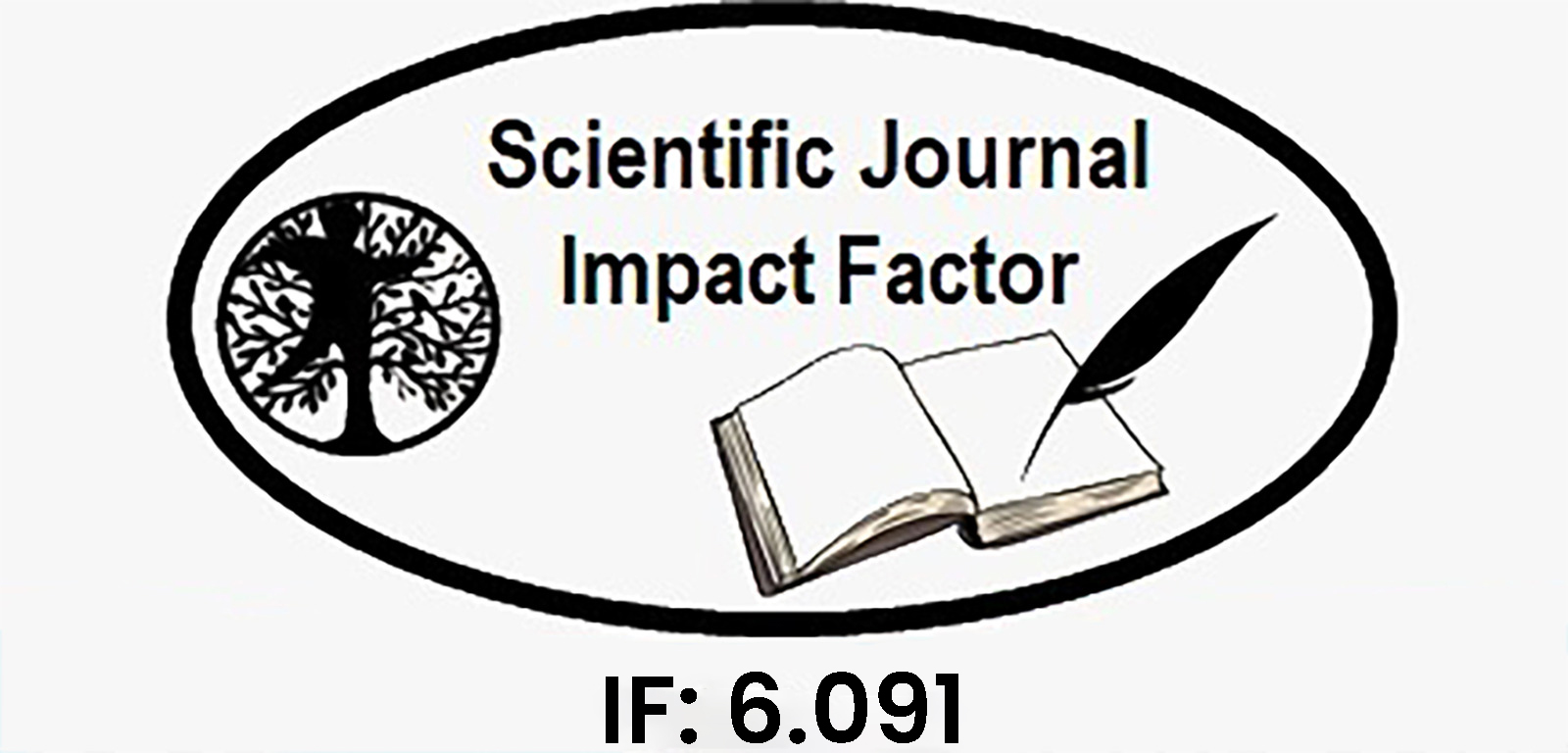Optimal Location of Type-1DGs in EV Incorporated Radial Distribution Network
Keywords:
EV Charging Station,, Distributed Generation,, Real Power,, Particle Swarm Optimization (PSO),, Optimal Location.Abstract
A vital task for effective operation of distribution system is reducing power losses and to save energy. One of
the most effective methods to reduce losses is distributed generation (DG). The proper planning of EVCSs is a
significant problem for distribution system operators as the installation of Electric Vehicle Charging Stations (EVCSs)
for Electrical Vehicles (EVs) increases on a larger scale. Power losses and generation-demand mismatch rise with EV
load adoption in the electrical grid. As a result, there will be impact on voltage levels and the voltage stability margin
deteriorates. It is critical to integrate EVCSs at appropriate locations to reduce the negative effects of increasing EV
load penetration on Radial Distribution Systems (RDS). The integration of EVs into distribution systems undergoes
charging and discharging modes of operation for power exchange with the grid, resulting in energy management.
Inadequate EVCS planning has a negative influence on the distribution system, causing voltage variation and an
increase in power losses. DG units are integrated with EVCSs to reduce this. The DGs help to keep the voltage profile
within limits which reduces power flows and losses and thus results in improved power quality and reliability.
Therefore, the DGs and EVCS should be properly allocated and sized to avoid issues such as protection, voltage rise,
and reverse power flow. This research demonstrates an approach for minimizing losses in an EV-integrated radial
distribution system by optimizing the location and sizing of DGs. This study proposes the sizing and location of
renewable (wind, solar) DG units (type-1 DG) incorporated in radial distribution network. This methodology decreases
power losses while simultaneously improving network voltages. The accuracy of the proposed method is elaborated in
four scenarios. The IEEE 33 bus system is implemented using the Particle Swarm Optimization technique (PSO). The
results show that the suggested optimization technique increases system efficiency and performance by optimizing the
planning and operation of both DGs and EVs.
Downloads
Downloads
Published
Issue
Section
License

This work is licensed under a Creative Commons Attribution-NonCommercial-NoDerivatives 4.0 International License.















